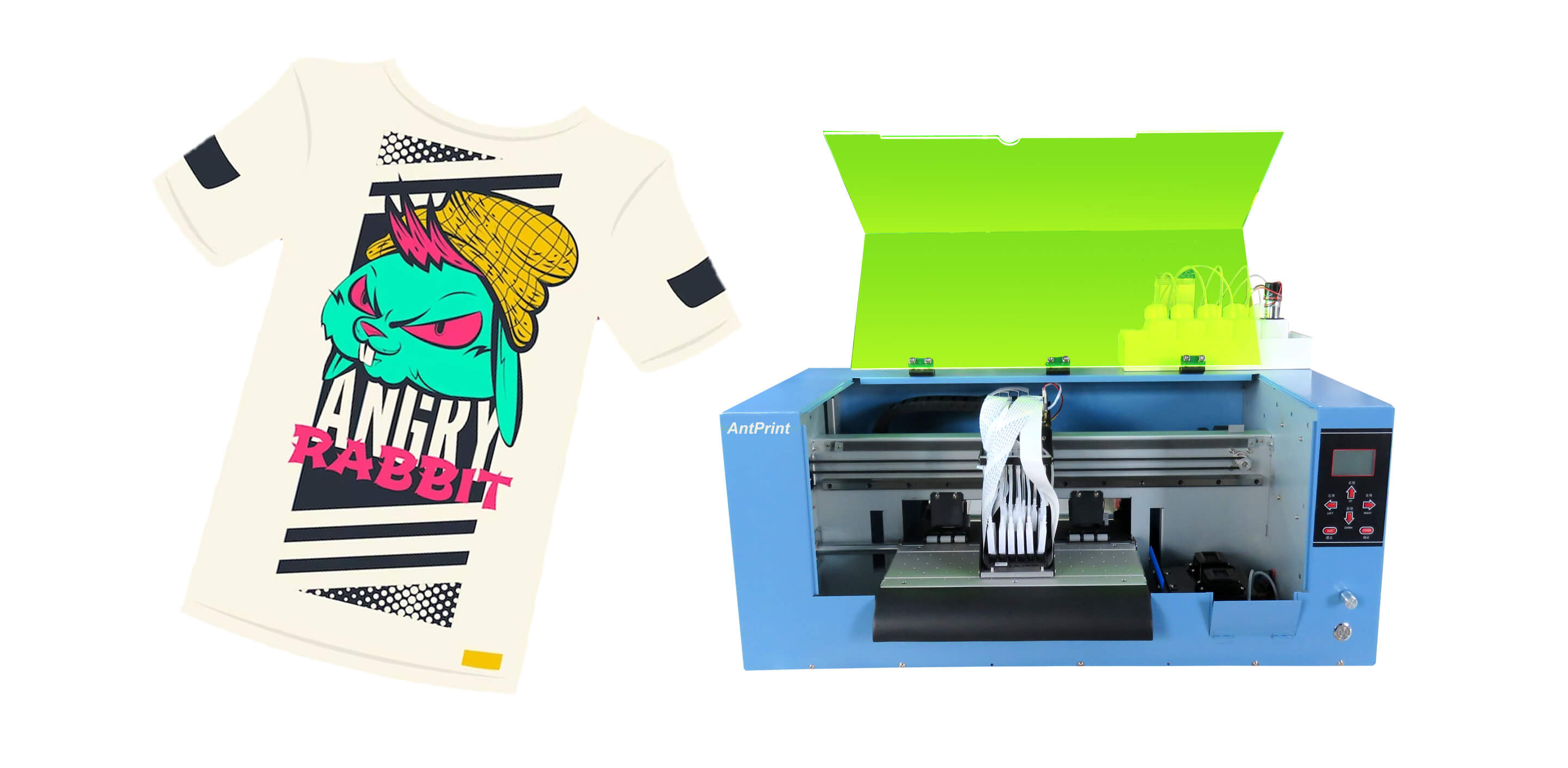Recognizing Exactly How Digital Printing Changes the Printing Industry
The printing sector, long soaked in traditional methods, is undergoing a radical transformation with the advent of digital printing. With its potential to spur interaction through personalized content and to offer sustainable remedies, it's clear that electronic printing is even more than a technological development; it's a critical game changer.
The Evolution of Digital Printing: A Brief Summary
Because its inception, digital printing has gone through considerable changes, continually revolutionizing the printing sector. Its evolution began with the advancement of xerography in the mid-20th century, a process which laid the groundwork for printer. With the development of the 90s, digital printing innovation started to develop, and the industry witnessed the intro of direct imaging presses, which eliminated the demand for printing plates. As the new millennium unravelled, advancements in modern technology additionally stimulated the development of electronic printing, causing the creation of high-speed inkjet printers. These devices supplied premium top quality and rate, for life altering the landscape of the industry. Today, digital printing stands as a testament to human advancement, consistently progressing to meet the ever-changing needs of the modern globe.

Unboxing the Innovation Behind Digital Printing
Digging right into the ins and outs of digital printing modern technology, one runs into an abundant tapestry of sophisticated machinery and facility algorithms. At the heart of this procedure exists a digital picture, which is processed by software application that separates it into a grid of dots. These dots are after that exchanged a digital code. This code is analyzed by the printer, which uses it to specifically deposit beads of ink onto the substratum. The droplets are so tiny and accurate that they develop an image that is basically identical from the original. This elaborate system, reinforced by innovative software application and high-resolution imaging, has actually transformed the landscape of the printing market, leading the way for unmatched degrees of detail and precision.

The Benefits of Digital Printing for Services
Comprehending the modern technology behind electronic printing gives a clear image of its accuracy and detail. For organizations, this equates into many advantages. Digital printing supplies unmatched speed, allowing companies to meet limited due dates without compromising on high quality. Next, it minimizes prices as there are no plates or physical configuration, making it ideal for small-volume printing jobs. This technology provides premium consistency with each print output, getting rid of variations usually seen in standard methods. Digital printing is ecologically pleasant, utilizing less ink and creating much less waste. The full potential of digital printing is recognized when utilized for personalization and customization, a topic that will be covered in depth in the next section.
The Role of Digital Printing in Modification and Personalization
While typical printing techniques have problem with modification and personalization, digital printing excels in these locations. It enables for the easy change of styles, without the need for pricey and lengthy plate changes (print on demand). This makes it possible for organizations to tailor items to private customers, conference particular needs and improving customer complete satisfaction
Digital printing additionally permits variable information printing, where components such as text, graphics, and pictures may be altered from one published piece to the next, without reducing down the printing procedure. This is particularly valuable for direct advertising projects, where tailored messaging internet can significantly enhance feedback rates. By doing this, electronic printing not just revolutionizes the printing market however also transforms the method businesses communicate with their clients.
Evaluating the Ecological Influence of Digital Printing
Although digital printing has been Find Out More admired for its role in customization and personalization, it is important to analyze its ecological influence. Digital printing can be much less wasteful than traditional methods, since it operates a 'print as needed' basis, removing the demand for huge print runs that can cause excess and waste. In addition, it makes use of less chemicals and creates much less unpredictable natural substances (VOCs) contrasted to balance out printing. The power use of digital printers can be high, leading to raised carbon impact. The usage of non-recyclable printing parts and the obstacle of e-waste monitoring present considerable environmental issues. While digital printing has many benefits, its ecological impact should be conscientiously managed.
Final thought
To conclude, digital printing has actually changed the printing market, providing quick, economical, and top quality options. It assists in personalization, boosting client engagement, and employs a sustainable print-on-demand version. As this technology remains to advance, its influence on service communication, client fulfillment, and environmental sustainability comes to be increasingly extensive. discover this info here Recognizing these changes is critical for businesses to take advantage of the advantages of electronic printing efficiently.